
User Interviews for Smarter Web Development
User interviews are foundational to our user-centered research process here at PINT. While there are a range of UX research methods — each appropriate for a specific context — we find interviews to be one of the most commonly applicable methods, and we conduct them for almost every project. However, the user interview process may vary, depending on the type of project. And the results can help plan a web project that more efficiently serves stakeholders and end users.
User Interviews
Interviews are one of the best ways to gain insight into ‘big picture’ elements such as:
- Fundamental needs
- Organizational goals
- Stakeholder attitudes
- User motivations
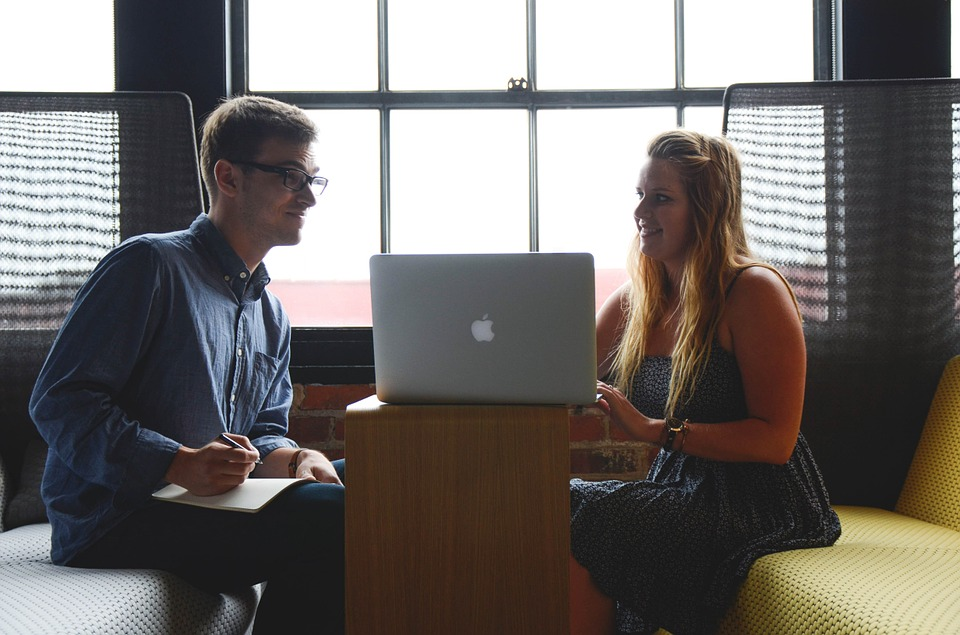
All of these drive the creation of a new product, or the update of an existing one. The catch is that interviews are only helpful if they’re:
A. Done right
B. Done with the right goals in mind.
On the surface, interviewing may look like a simple act of conversation. However, skilled interviewers know that there are many factors to manage in order to conduct a great (or even good) interview. Below we’ll review user interview strategies and best practices. Then we will detail how we collect the highest quality information, which inform design decisions for everyone involved.
Defining the Interview
Interviews can take many different forms, as they are influenced by factors such as:
- The current state of the project of interest
- The type of user you’re interviewing
- The context of the interview
- Whether or not you’re planning to use technological aids or guided activities like card-sorting
- …the list goes on.
Regardless of these possible variations, the fundamental idea behind the interview is to get to know your users by conducting a structured, or guided, conversation to achieve goals:
- Identify new design opportunities (before product design begins)
- Inform project questions/hypotheses your team has identified
- Redesign or improve upon an existing product
Interviews are best for taking away attitudinal and qualitative data (see Nielsen 2010) — how people act, think, and feel during different processes, and the language they use to speak about them. These kinds of details help at many stages in the design and development process — from initial solution ideation (that is, thinking of what to build), to identifying useful naming conventions within a product. If you’re at a stage in your project where you need feedback on design specifics (things like button shape, form usability, etc.) an interview probably won’t be much help.
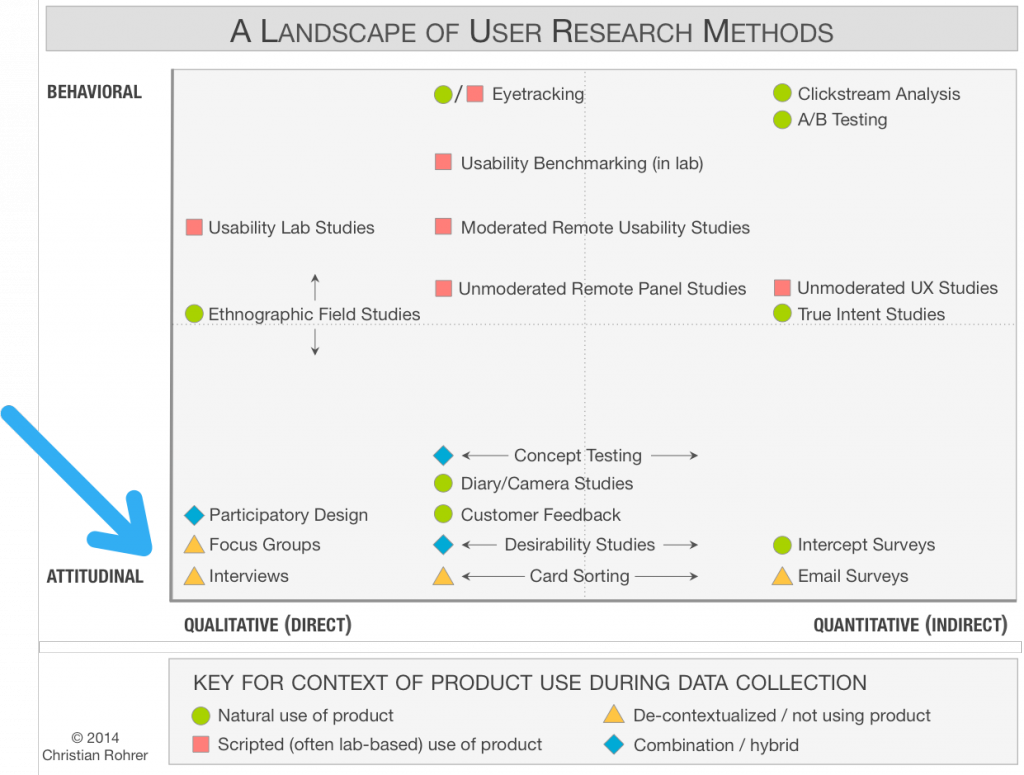
(Image from: 2010. Nielsen, J. Interviewing Users. Arrow is our addition)
Interview Design
Before you start interviewing, it’s common to design an interview guide (sometimes called a field guide). This is a strategic list of questions that will (hopefully) yield insightful answers that inform your design.
Sometimes it’s helpful to first list the questions you or your team have around the project, and to then design interview questions accordingly. This can help ensure that your questions cover all of the necessary topics, and successfully fill in the gaps in your existing knowledge. Avoid asking close-ended or leading questions in your interview guide. Focusing more on questions will encourage the interviewee to tell stories about their experience, rather than just direct answers to your questions.
Tailoring the interview to your users
While the number of and type of users depends on the product that we’re designing, the people we most often interview fall into one of the following two groups:
- Stakeholders
- End Users
Stakeholders and end users have different needs, goals, and motivations. Sometimes these overlap, and sometimes they conflict (see the venn diagram below). Understanding the perspective of both groups, and being able to prioritize functionality based on this understanding, is essential to designing a great product that works for everyone.
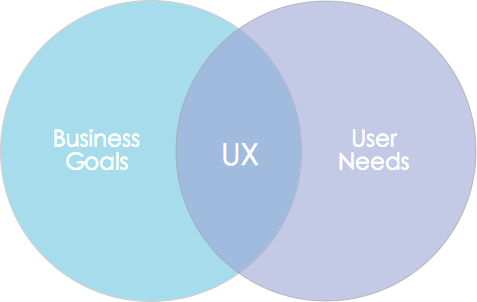
If the project at hand involves multiple end user types (medical office software might be used by Doctors, nurses, office administrators, and patients, for instance) — you’ll want to speak with as many of these user types as possible. Each interview should be tailored specifically to that user, to avoid asking irrelevant questions.
Stakeholder Interviews
At PINT, our first point of contact is generally with project stakeholders. These are individuals who are invested in the success of the project. Depending on the nature of the organization, stakeholders are commonly the company owners, executives, project or program leads, or board members. Stakeholder interviews answer the big questions of the project, including:
- Company goals
- Original product vision (if there is one)
- Key users
- Perceived user needs
- Success measures.
End User Interviews
There is generally more variation when it comes to end user interviews. Questions for end users deal with attitudes and general feelings, rather than specific design details. Questions for users will vary depending on their relationship to your product (or future product). If you’re doing research for a product that doesn’t yet exist, the interview will likely focus more on the person’s current related processes. What technologies does the person currently use to meet the same goal?
If you’re interviewing a user about a product that already exists, and which she already uses, your questions will be more specific. The interview might even include interaction with a prototype. For example, you might ask the interviewee to perform a task with a wireframe while verbalizing her thoughts on the process, or other artifacts (like card sorting, or tree testing).
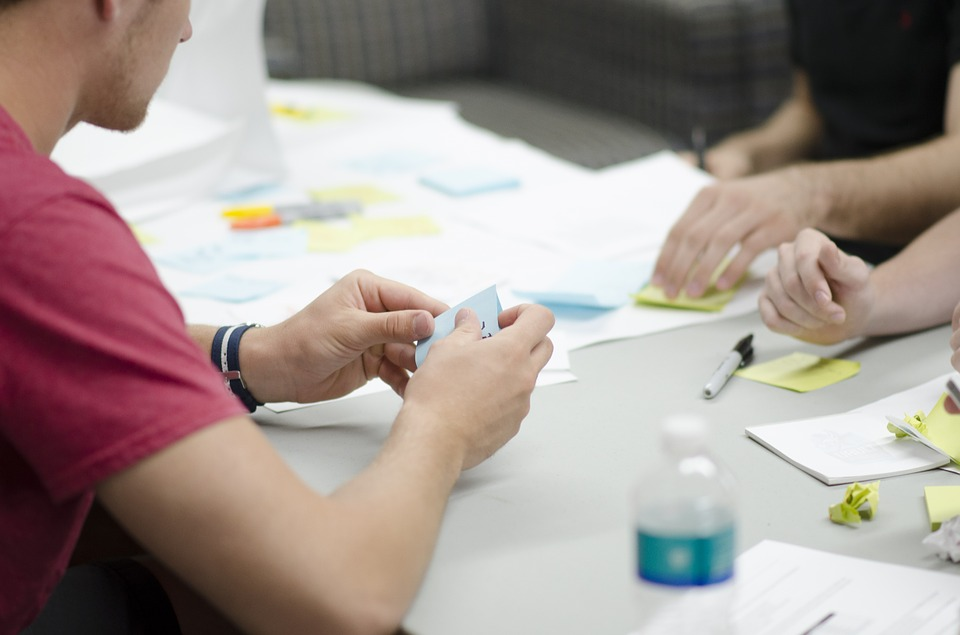
When speaking to any interviewee, the interviewer should aim to be as unbiased as possible. Allowing users to speak for themselves and letting them voice their opinions freely yields the best data. Quality data allows for better analysis.
In the end, the information gleaned from an interview will likely be used in conjunction with analytics. This will help show more precisely how users are using a current site. Interview data may also inform usability testing once a prototype is available. With this data, a UX designer can determine the best way to approach specific design elements.
Conducting the Interview
Interviewing best practices indicate that the ideal interviewer-interviewee ratio is 2:1, or 3:1. It is usually best to have one person lead the interview and a second to observe, record, and/or take notes. Having more than three interviewers can feel intimidating for the interviewee. This may yield less genuine or free-flowing thoughts and feedback.
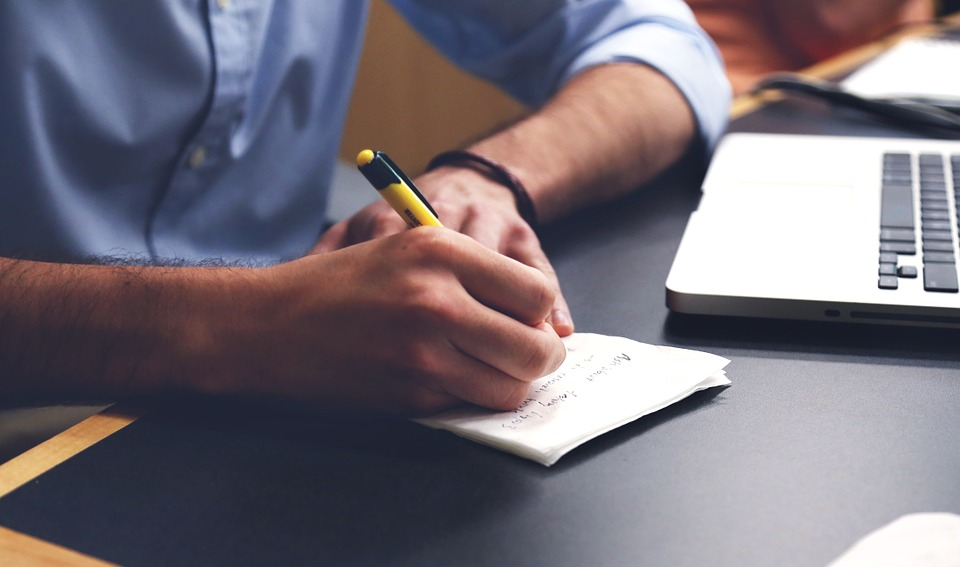
In an ideal world, no visible technology would be present to distract, or act as a barrier between interviewer and interviewee. But in reality, digital notes are easier to take, more comprehensive, and easier to re-organize, analyze, and share. The general consensus is that one note-taking laptop used by the designated scribe (and not by the interviewer), is an acceptable and practical compromise.
“Knowing these details can change your entire design strategy, and help you design the best product.”
If you can, conduct the interview in the context of use. You can apply contextual interview techniques to get a better understanding of the environment in which your user is acting. That way, you will know if users in the “real world” are subject to certain visual distractions, physical barriers to communication, or other elements than can affect the process.
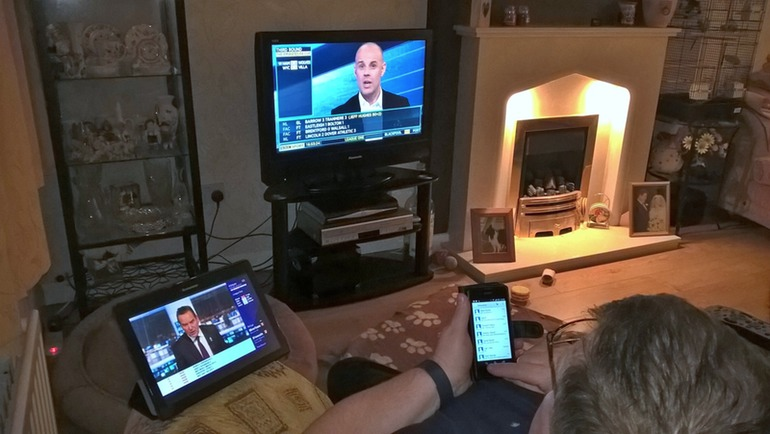
While you can certainly design a product without them, knowing these details can change your entire design strategy, and help you design the best product for the given context.
Managing the flow
Managing the flow of the interview is one of the most challenging aspects of the process. While you may have planned a detailed field guide, often times you need to stray outside the lines, since conversations are usually not so linear. As you conduct the interview, you must decide whether or not to pursue tangents that arise. Sometimes an interviewee might bring up something unexpected, or at an unexpected point in the interview, and it’s generally best to follow up in a way that is the most natural or conversational — working your planned questions in where they end up fitting best.
Embracing Silence
Keeping the interview on track is important, but you run the risk of missing important details if you follow your conversational instincts to fill in silences. Getting comfortable with silence is one of the most widely cited interviewing tips, and for good reason. The conversational force of silence can be the gentle nudge the interviewee needs to really get talking (and thinking) about the subject at hand.
Taking Good Notes
As detailed by Steve Portigal in his book Interviewing Users, the way you take notes can influence your takeaways from an interview session. It’s important that notes are descriptive, and not interpretive. This means notes should not include your judgements just yet. Instead, focus on what is actually said so that you can revisit the raw data later, and see if it tells a different story. Having good notes to rely on is one of the main reasons it’s important to have two interviewers — managing the flow of the conversation alone requires a high cognitive load, and is often enough for one person. Recording the interview (via audio or visual) is also a best practice, so that you have the actual interaction to call upon to fill in any gaps in your written notes.
After The Interview
It is generally best to review an interview session with your team as soon as you have a chance, while the interaction is still fresh in the minds of the interviewers. The debriefing might take the form of an open-ended conversation between the interview team, or you might design a debriefing guide. This is basically a sheet that walks you through and helps you document the key takeaways from each interview. Interviews then inform other design artifacts, such as:
- Personas
- Affinity diagrams
- User journey maps
- Site maps
- Wireframes or prototypes
If you’re short on time or resources…
Principles of conducting great interviews can be applied to a variety of situations if you’re in a pinch. We try to take every interaction with users as an opportunity to glean information. Whether the interaction is formally structured as an interview or not, there is information to be used. In some cases, we might only have a series of “meetings” with our clients, instead of a more robust discovery phase. Regardless of what we call the interaction, interviewing best practices can still be applied in order to collect valuable information and yield insightful and actionable data.
Comments? Questions?
We are always looking for ways to improve our strategies. Show us how to get more out of interviews by sharing your best tips with us. Questions about the strategies laid out above? Go ahead and ask: we will keep an eye on the discussion area and be sure to respond.
Sources:
2010. Nielsen, J. Interviewing Users. http://www.nngroup.com/articles/interviewing-users/
2013. Portigal, S. Interviewing Users.
2015, 19 June. Cooper-wright, M. How to Run a Design Research Interview. https://medium.com/design-research-methods/how-to-run-a-design-research-interview-576d14806dfd